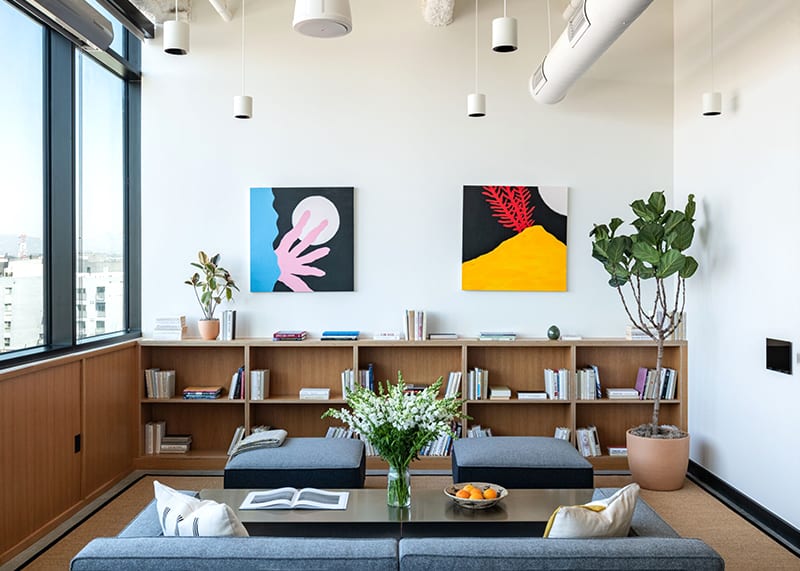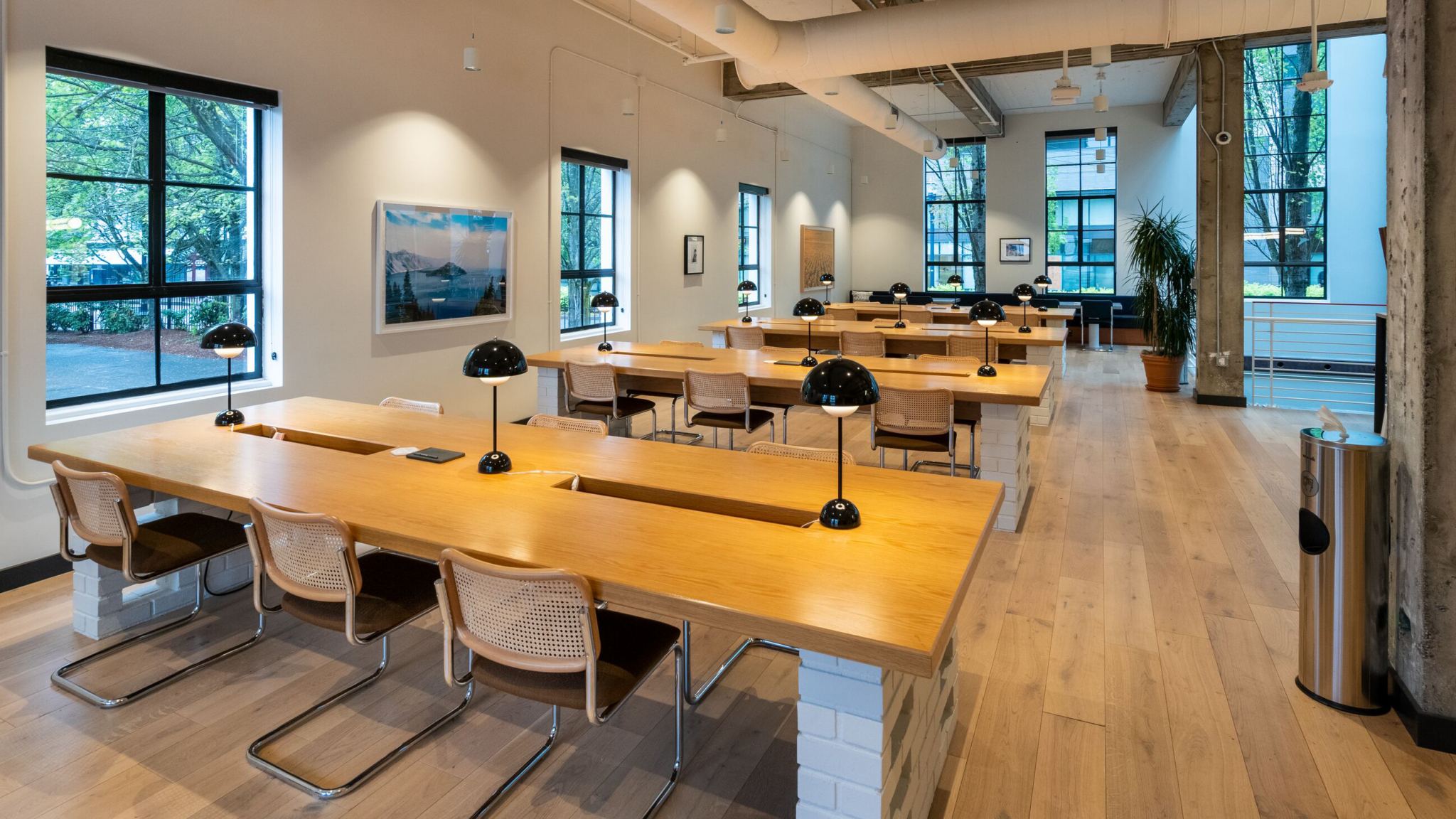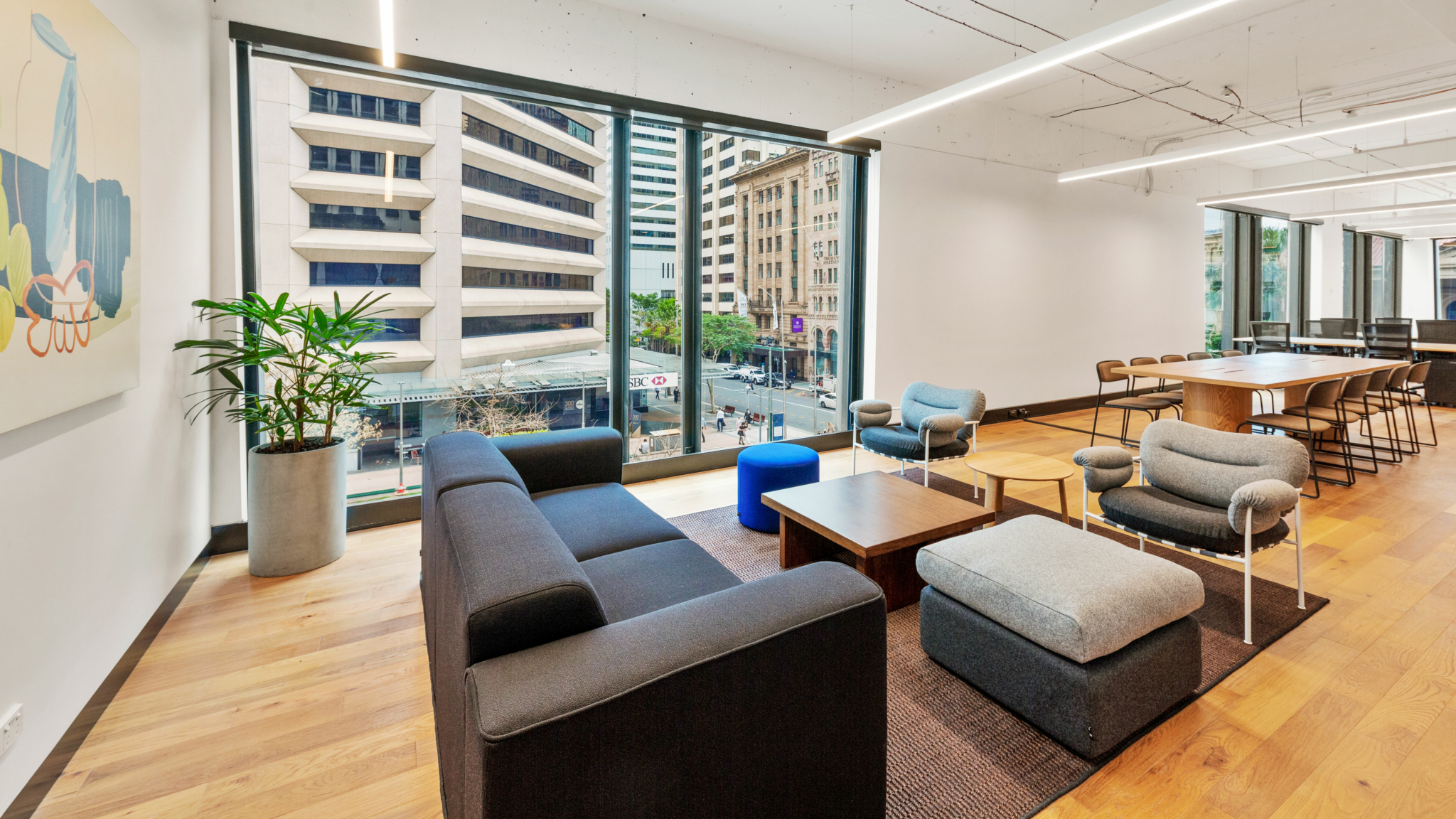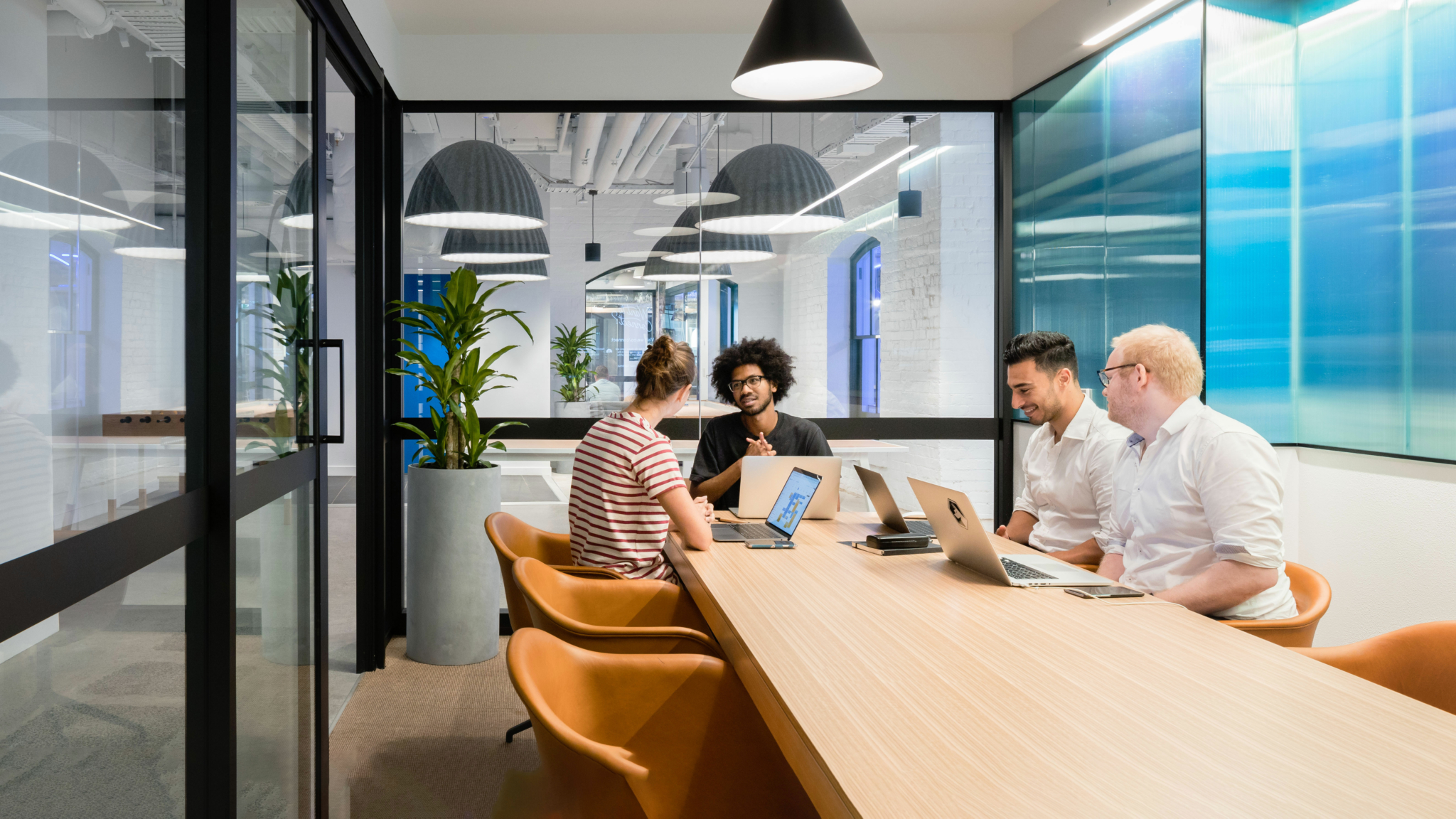The cost of leasing office space is more than just your monthly rent: You also have to consider build-out costs. In a brand-new building, space may be as basic as four walls and a concrete floor, leaving tenants to configure the rest of the space to their specifications. Doing the construction required to turn a building shell into a working office environment can come with a high cost—and it’s something you have to consider carefully when you’re looking for the right commercial property for your business.
To find the perfect property at the right price, you’ll need to understand all of the costs involved in commercial building construction.
How are build-out costs calculated?
The commercial construction cost breakdown can vary wildly depending on these factors:
- The needs of the tenant: For office space, a call center has different needs than a medical practice or a law office. High-end finishes and specialized spaces also mean higher prices.
- The condition of the property: Brand-new construction will require more build-out work than an older property that’s been built out for a previous tenant. But older spaces may also need more upgrades before they’re move-in ready.
- The cost of materials and labor: This varies based on region and build-out quality.
Each build-out is unique. When a tenant decides exactly what they need, it will be priced out and the final build-out cost will be quoted as an average price per square foot.
Usually, the landlord and tenant will split commercial construction costs, negotiated as part of the lease agreement. This can be handled in a variety of ways. In a turnkey build-out, a landlord handles everything, providing a move-in ready space. In a tenant improvement (TI) build-out, the tenant handles the details of the build-out themselves, but is given an allowance to pay for the construction. Though that allowance is unlikely to pay for the whole build-out, it helps offset some of the costs of fitting out a new commercial space to your specifications.
A TI allowance is also typically referred to by cost per square foot, so your final build-out cost per square foot would be your build-out cost minus your TI allowance.
No matter who manages the build-out and who pays for it, it’s important to negotiate all of the specifications within the lease before signing. Otherwise, tenants could end up with a space that doesn’t quite suit them—and then have to spend more money to make things right. Being clear about build-out requirements means everyone gets what they want without any surprise expenses.
Estimated construction costs for corporate interior build-outs
The cost of a commercial build-out varies, but the average commercial building cost per square foot is $65 with standard finishes. But that’s just an average: Depending on the tenant’s needs and the condition of the building, costs could go up or down. The location of the building has a big impact, too: Construction costs in New York City are higher than construction costs in Dallas, for example.
Practically, you can expect to pay anything from $50 to $150 for build-out costs per square foot. If it’s a first-generation space—a shell that hasn’t been built out before—add $10 per square foot to those estimates. On the low end of that price range, you’ll get basic office space without any frills. At the high end, you’ll get high-quality details and finishes suitable for an executive space. And if your office needs specialized spaces, like a kitchen or fitness center, you can expect to pay even more.

Even though commercial construction cost breakdowns are hard to estimate, tenants have a lot of control over them. Choosing a more finished space—even if it isn’t perfect—can significantly reduce costs. And even when building out new construction, tenants can design and finish the space based on their budget.
Hard costs vs. soft costs
When you’re pricing commercial build-out costs, you’re likely to see references to hard costs and soft costs. Fortunately, it’s pretty simple to tell these costs apart once you’ve learned the lingo.
Hard costs are physical improvements that will remain after the tenants have gone. They include things like doors, windows, paint, carpet, HVAC systems, plumbing, and all other physical improvements. Hard costs also include labor, which is typically the largest expense of a build-out.
On the other hand, soft costs are everything that doesn’t involve physical improvements to the property, such as building permits, legal fees, and inspection costs. When you’re estimating the cost of a build-out, these are usually easy to guess at, because they’re fairly standard regardless of the extent of the build-out.
How to determine the average cost per square foot of commercial buildings
Figuring out the cost per square foot for commercial buildings can be a little more complicated than you might expect, because it may be quoted in different ways. In terms of leasing commercial office space, the cost per square feet is often an annual cost. That means to determine the monthly rent for a property, tenants need to multiply the listed cost per square foot by the number of square feet, and then divide by 12.
However, in different parts of the country, this may be quoted differently. In California, for example, cost per square foot for commercial leases is typically listed on a per-month basis. Other monthly expenses can also impact your cost per square foot—for example, with a triple net lease, tenants are also responsible for taxes, insurance, and maintenance costs. Then, of course, there are the build-out costs, which can significantly increase your move-in expenses.
Be sure you understand exactly what price is being quoted—and whether it includes everything—before making any decisions on leasing space.
WeWork vs. traditional types of commercial office space build-outs
Building out a traditional commercial office space can be time-consuming and expensive. And when you want to focus on growing your business, you may not be interested in hunting for the right property and building it out to your specifications.
With a traditional commercial office build-out, tenants have more control over how a space is built—but that control costs time and money. And worse, construction could go over budget or fall behind schedule, setting your business back. If you’re a small business or a startup, it may be hard to find the funds for a high-quality build-out.

WeWork office space is pre-built and move-in ready. There’s no need to manage the hassle and cost of a high-quality build-out, because workspaces are already finished to a high level and packed with amenities. What’s more, WeWork offers flexible space that fits your team now and going forward. Tenants get as much space as they need for a single, predictable monthly rate. It doesn’t get easier than that.
WeWork is commercial office space with no hassles and no delays. All you have to do is pick your location and when you want to move in, and you’re ready to get to work.
Elizabeth Harper is a writer and editor based in Austin, Texas. She’s the editorial director of entertainment site Blizzard Watch and covers consumer technology, personal finance, and entertainment all over the internet.
Rethinking your workspace?








